2016-07-14
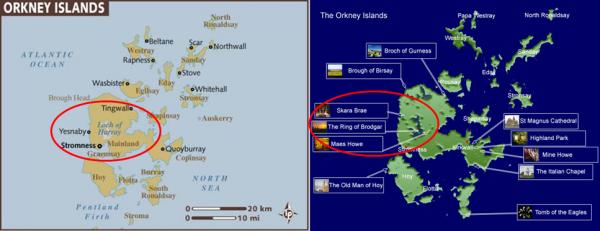
【Aiden in English】
In the UK, there are thousands of stone circles. Not to crush any dreams, but unfortunately, Stonehenge near London is not a one-of-a-kind weird stone structure built in a circle in England. It is standard in the countryside for a farmer to uncover or settle next to mysterious pieces of rock. Some say they are alien or supernatural, making many people scratch their heads. We are going to see Stonehenge later, but for now, we'll settle in the Heart of Neolithic Orkney, located in northern Scotland, to have a close look at the Standing Stones of Stenness, the Ring of Brodgar, Skara Brae, and Maeshowe. The Standing Stones of Stenness are a miniature version of Stonehenge, as they feature larger stones than those found at Stonehenge. It has been designated as a UNESCO World Heritage Site since 1999. However, the caveman-like sound in Skara Brae is authentic. Back in 3,000 BCE, the residents near Stonehenge probably bragged to the people of the Standing Stones of Stenness about their tiny stones, while the people of the Ring of Brodgar probably bragged that their stone circle was wider. Then Stonehenge would probably say that their popularity was much higher than Stenness's, and the Ring of Brodgar would probably say they were much more complete than Stonehenge. The competition is close and intense, to the point where the faces of the modern locals turn red at the mention of their rivals. The Ring of Brodgar is the most complete stone circle in the UK, having twenty-seven of its original sixty stones, which is relatively good. It is also way, way older than Stonehenge. Here's a timeline. The Great Wall of China was built in 220 BCE. The Giza Pyramids of Egypt were built in 2,500 BCE. The Stonehenge of England was built around 3,000 BCE. Skara Brae was built in 3,100 BCE, which beats Stonehenge. Truthfully, the rocks' conditions can't really distinguish any differences. Although a guy blew up a few stones with dynamite, the Ring of Brodgar is still reasonably intact. I bet Stonehenge can't say that. Unfortunately, neither the Standing Stones of Stenness nor the Ring of Brodgar serves a known purpose. The sun does not strike it like a sundial, nor does it seem like a sacrificial area. One major event set off some theories: In 1982, lightning struck a pillar. Although, thank goodness, nothing exploded, people now believe that the stones are lightning rods since the area is lacking in trees and tall objects—still, a highly doubtful theory, if you ask me. The lack of evidence of anything is entirely something to work with. Therefore, every hypothesis sounds blatantly stupid. The stones have been under constant weathering, and the elements have taken a toll on the rocks. Chipping, holes, and bogs have allowed grass and mold to grow directly on the stones, giving the rocks many unnecessary colors. The bog has allowed the stones to begin sinking into the ground, so the area needs some help. We'll see Stonehenge, probably one of the world's most popular sights in a few days. Being nearly the face of ancient England, I'll extensively compare these two historic circles. Then again, they're only rocks… 【红霞译】
英国有成千上万个石圈,咱不想有意打碎任何美梦,但遗憾的是伦敦附近的英格兰石圈──巨石阵算不上稀奇古怪的玩艺,实际上,一位老农在乡下某个神秘地方随意发现或者信手拈来这样的石圈可以说家常便饭。有人推测这些不是外星人搞的名堂就是超自然神力再现,很多民众对之将信将疑。再有几天我们要去领略巨石阵,但眼下还是先到苏格兰北部近距离参观由石岬立石、桥庄石圈、地下村落以及坟场古墓四部分组成的海豹岛屿新石器时代遗址。
相对巨石阵的石块大小来说,苏格兰的石岬立石真有点小巫见大巫,既便如此,它仍旧于1999年被联合国教科文组织列入《世界遗产名录》,不过这个听起来如同山顶洞人出没的石窟确实小得憋屈。追溯到公元前3,000年,居住在巨石阵的傻大个兴许会嘲笑地下村落顶多是块弹丸之地,而穴居于此的憨矬子却吹嘘自己的石岬立石更加宽乎;傻大个似乎不以为然,扬言巨石阵名声在外,而憨矬子哪甘示弱,坚称桥庄石圈完整无比,双方争得面红耳赤难分仲伯,不过桥庄石圈的确是英国最全乎的重地,至今60个立石当中有27个居然保留了下来。
以下提供一个时间表:中国长城始建于公元前220年,埃及吉萨金字塔始建于公元前2,500年,巨石阵始建于公元前3,000年,而地下村落始建于公元前3,100年,单凭年历,后者就比前者更加古老。说实话,两地立石本身并没有多大区别,尽管早先曾有坏蛋蓄意炸毁了几块石头,但桥庄石圈依旧保存完好,我敢打赌巨石阵肯定没法做到这一点。遗憾的是无人清楚石岬立石和桥庄石圈的用途所在,它们既不用作指示时间的日晷,也不当成祭祀神灵的地方,倒是因为后来发生的事情而引发出一些推论:1982年闪电击中了其中一根石柱,谢天谢地没有出现爆炸,然而人们开始相信这些石头莫非就是避雷针,因为周围缺少树林及高大建筑物。在我看来,该理论是否成立值得商榷,既然人们对某特殊事物缺乏足够的认识,就需要投注力量去探索研究,因此任何凭空想象的解释都是无稽之谈。立石经长年风吹雨打,结构已有改变,裂缝、窟窿、积水为青草生长霉菌繁衍提供了可乘之机,岩石因此而染上许多不必要的色彩。事实上,积水使得立石下沉并深入地面,所以说该地区亟待帮助。 再过几天,我们将亲临知名度极其可观的巨石阵,那里堪称古代英格兰的象征,届时我将有资格比较两个石圈历史遗迹。话又说回来,它们毕竟就是一堆石头……
Today in History(历史上的今天):
2016: Orkney, Natural Habitat of Scotland(苏格兰奥克尼·天然生态) 2016: Orkney Is, Scotland(苏格兰奥克尼·海豹群岛) 2016: Skaill Manor, the Largest in Orkney(苏格兰斯凯尔·最大的庄园) 2016: Maeshowe in Orkney Is, Scotland(苏格兰梅肖韦“坟场”古墓) 2016: Skara Brae, the Neolithic SCO(苏格兰斯卡拉布雷·新石器时代遗迹)
2016: Stenness Stones & Ring of Brodgar, UK(苏格兰石岬立石与桥庄石圈) 2014: GHCS Camp—First Day(光华营第一天)
2012: Drama Rehearsal(戏剧排练) Skara Brae, Europe's Most Complete Neolithic Village in 3180-2500 BC (地下村庄——公元前3180年到2500年间欧洲最完整的新石器时代村庄 07-14-2016) 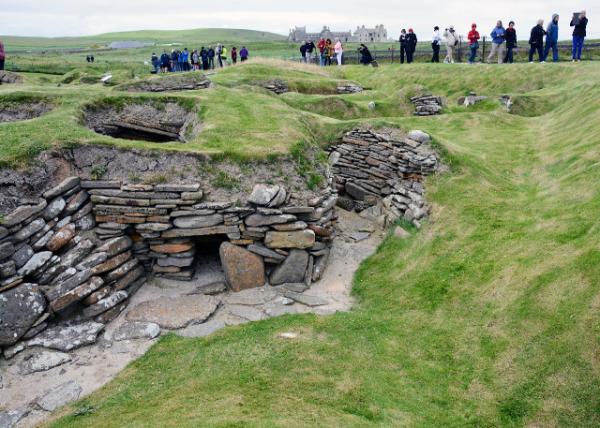
7 Clustered Houses (七间联立住宅) 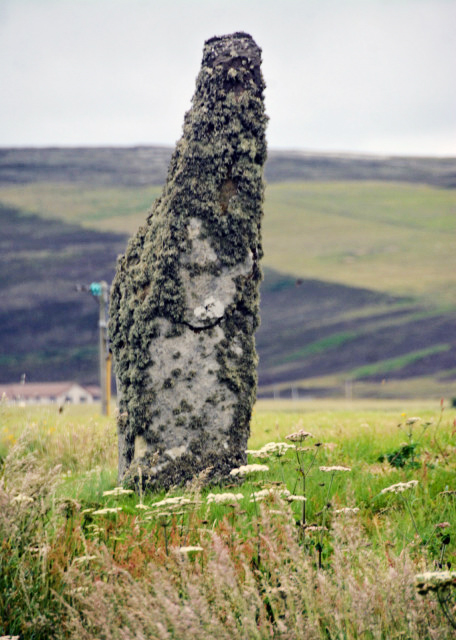
Barnhouse Stenness Stone (农舍石) 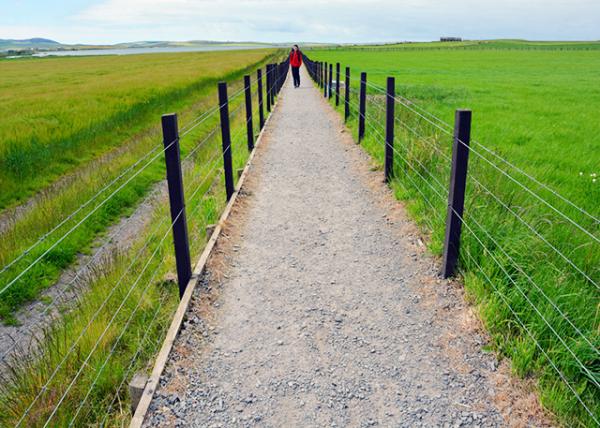 > 90% of Agricultural Land Used for Cattle & Sheep > 90% of Agricultural Land Used for Cattle & Sheep
(超过90%的农耕地用于牛羊畜牧业 07-14-2016) 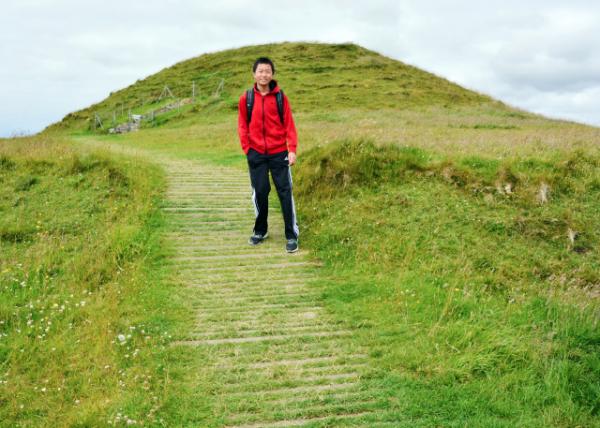 Maeshowe, the Neolithic Chambered Cairn Maeshowe, the Neolithic Chambered Cairn
(梅肖韦“坟场”古墓·新石器时代墓室 07-14-2016) 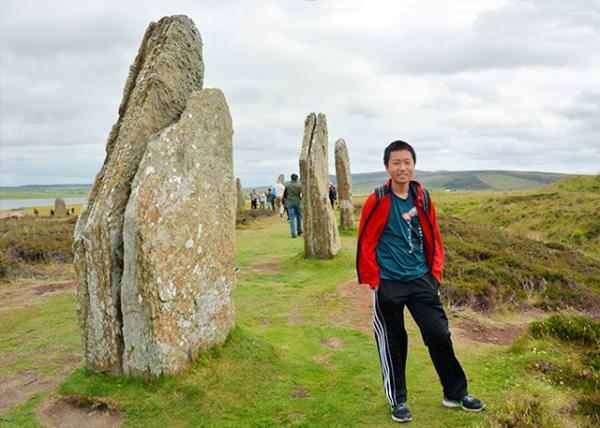 Temple of the Moon @ Ring of Brodgar Temple of the Moon @ Ring of Brodgar
(布罗德加石圈·月亮神庙 07-14-2016)
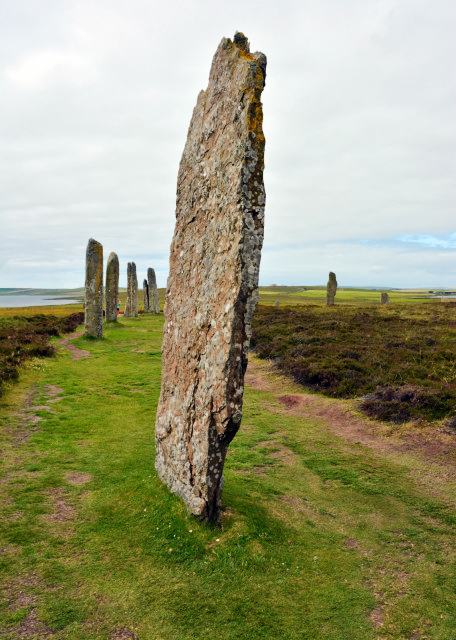
Ring of Brodg nearby Loch Stenness (石岬海水湖畔·桥庄石圈) 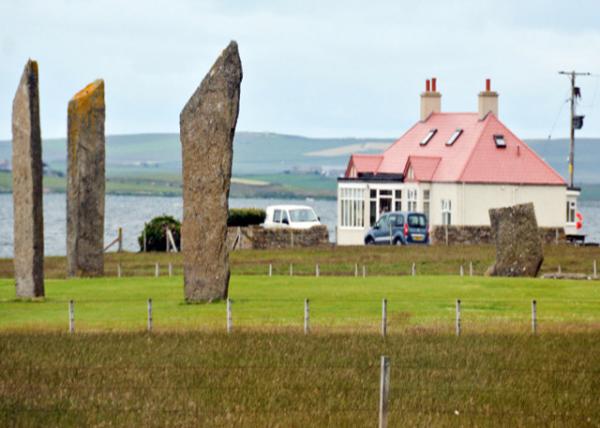 Standing Stones of Stenness @ Odin (诗神村·石岬立石) Standing Stones of Stenness @ Odin (诗神村·石岬立石)
 4 Standing Stones of Stenness w/ Loch of Harray beyond 4 Standing Stones of Stenness w/ Loch of Harray beyond
(斯丹尼斯立石群,远处是哈雷“领主”湖 07-14-2016)  Kirkwall the Capital City of Orkney (教堂湾城·海豹岛首府) Kirkwall the Capital City of Orkney (教堂湾城·海豹岛首府)
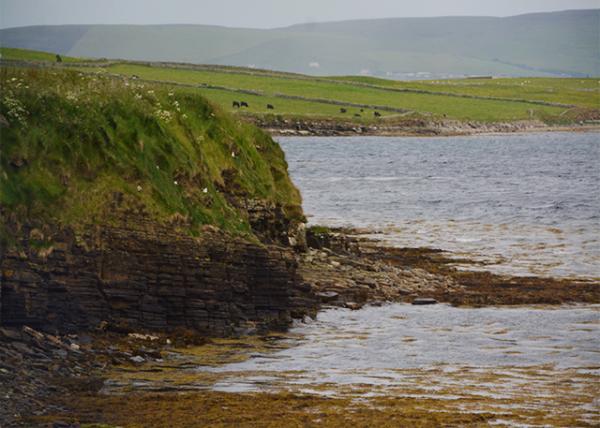 Kirkwall Port (教堂湾港) Kirkwall Port (教堂湾港)
 Peedie Sea for Birdwatch, Kirkwall (教堂湾城·小海观鸟) Peedie Sea for Birdwatch, Kirkwall (教堂湾城·小海观鸟)
 St Magnus Cathedral, Kirkwall (教堂湾城·雄伟大教堂) St Magnus Cathedral, Kirkwall (教堂湾城·雄伟大教堂)
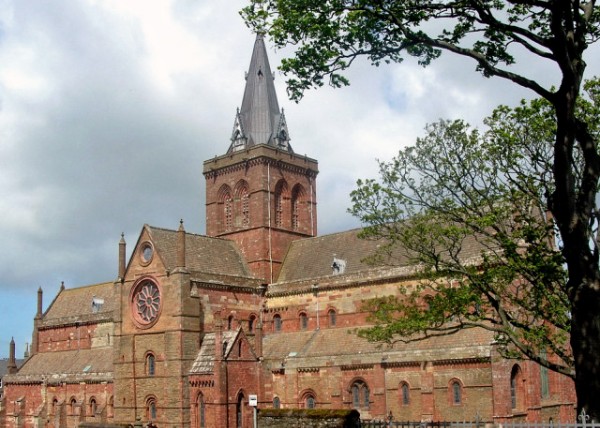
St Magnus Cathedral, Kirkwall (教堂湾城·圣马格努斯“雄伟”大教堂) 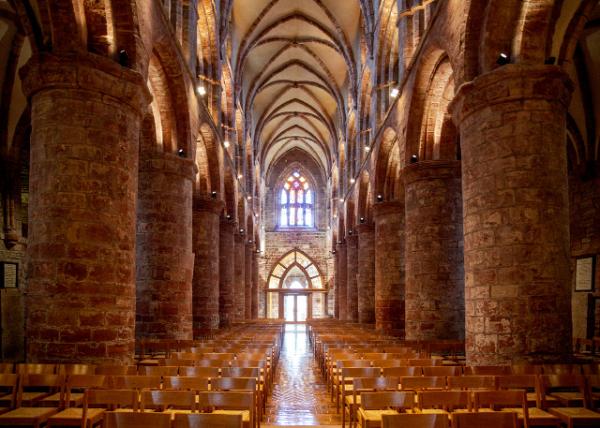 Nave of St Magnus Cathedral Founded in 1137 Nave of St Magnus Cathedral Founded in 1137
(成立于1137年的圣马格努斯大教堂·中殿)
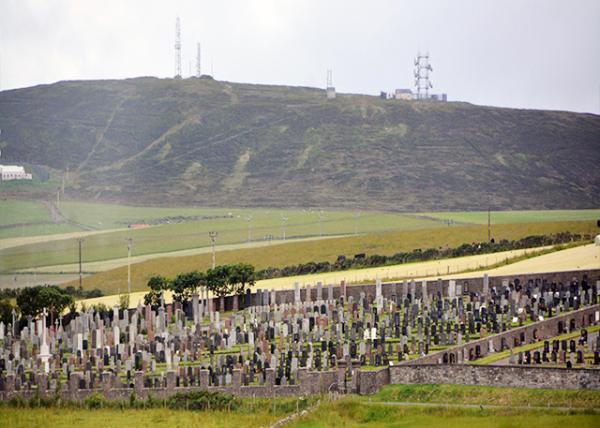 St. Olaf's Cemetery, Kirkwall (教堂湾城·后裔公墓) St. Olaf's Cemetery, Kirkwall (教堂湾城·后裔公墓)
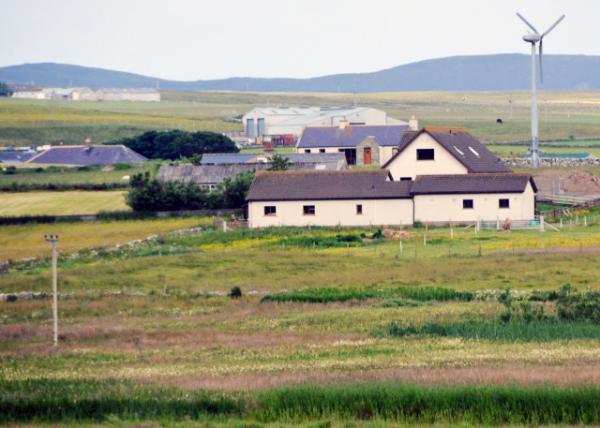 Wind Turbine (风车) Wind Turbine (风车)
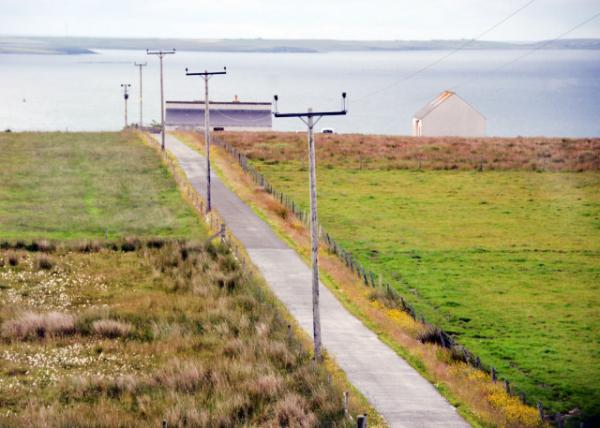 The only way out is the same way you came in. The only way out is the same way you came in.
(出去的路就是回来的道) 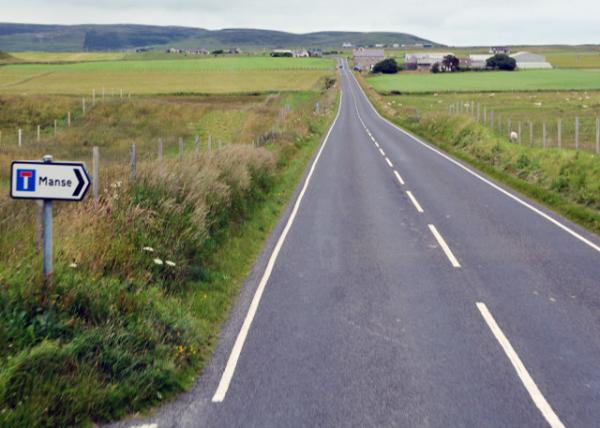 A966, the Northern Coast Road on Orkney Mainland A966, the Northern Coast Road on Orkney Mainland
(海豹主岛北海岸路) 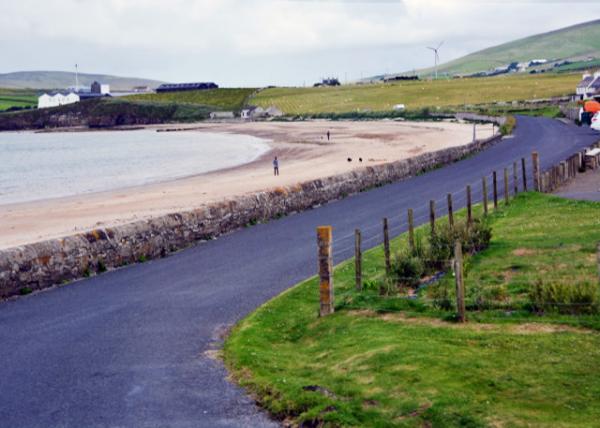 Kirkwall Bay (教堂湾) Kirkwall Bay (教堂湾)
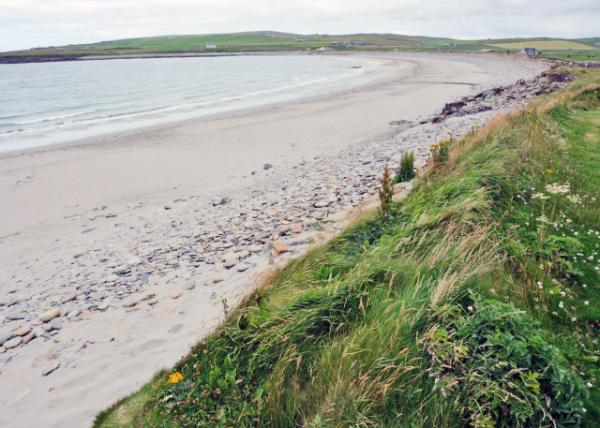 Skaill Bay (厅湾) Skaill Bay (厅湾)
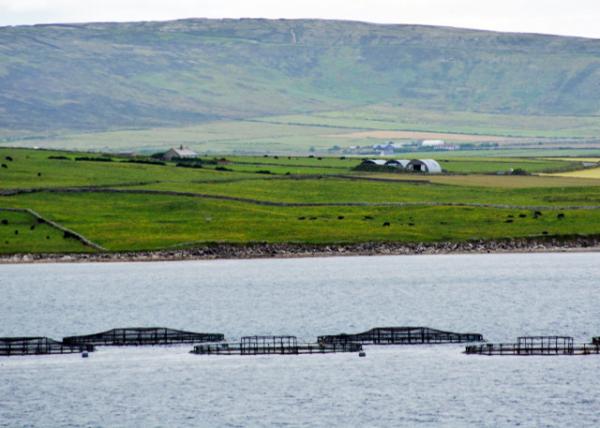 Fish Farm, Kirkwall (教堂湾城·渔场) Fish Farm, Kirkwall (教堂湾城·渔场)
 Hatston Ferry Terminal, Kirkwall (教堂湾城·帽镇轮渡码头) Hatston Ferry Terminal, Kirkwall (教堂湾城·帽镇轮渡码头)
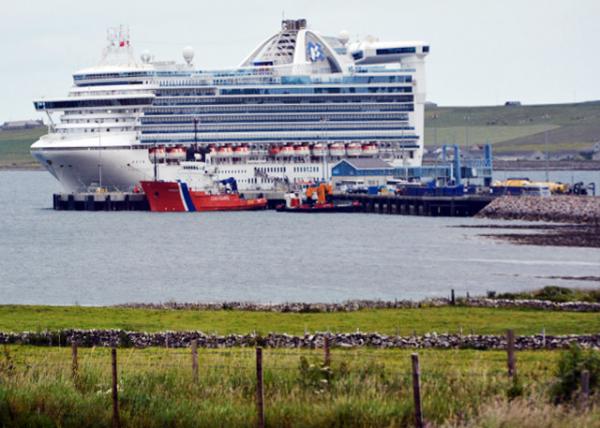 Caribbean Princess @ Docking (“公主·加勒比海”号游轮) Caribbean Princess @ Docking (“公主·加勒比海”号游轮)
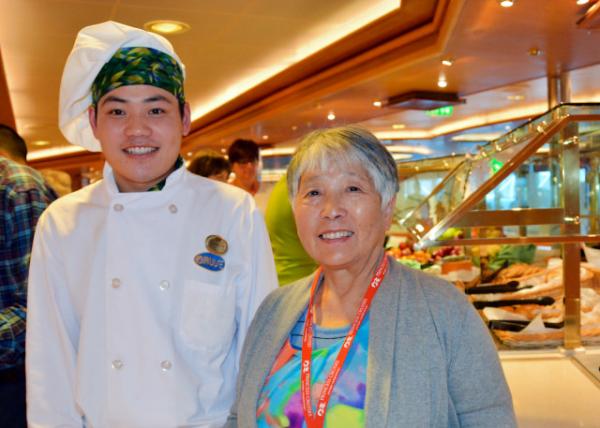 Busboy Yongqing (餐厅勤杂工永青 07-14-2016) Busboy Yongqing (餐厅勤杂工永青 07-14-2016)
 英式羊肉和大麦汤、酸橙和孜然腌制的墨西哥牛肉捲餅、天然肉汁浇烘箱烤的主肋牛排、香蒜土豆青豆意大利扁面条 英式羊肉和大麦汤、酸橙和孜然腌制的墨西哥牛肉捲餅、天然肉汁浇烘箱烤的主肋牛排、香蒜土豆青豆意大利扁面条
 牡蛎菠菜土豆奶油汤、秘鲁柑橘渍鲜贝配鳄梨、智利鲈鱼黑贻贝和蛤蜊海鲜薄、草莓慕斯与乳酪蛋糕 牡蛎菠菜土豆奶油汤、秘鲁柑橘渍鲜贝配鳄梨、智利鲈鱼黑贻贝和蛤蜊海鲜薄、草莓慕斯与乳酪蛋糕

Ice Cream of Caffe Latte, Orange Pineapple, & Vodka Lime Sorbet (三色冰激凌·热奶沫咖啡橙子菠萝伏特加酸橙冰糕) Crosslinks(相关博文): UK(出游英国)
Europe(出游欧洲) 7th Grade(初中二年级) |
